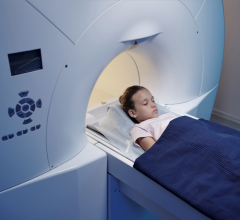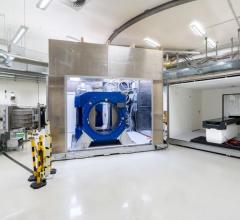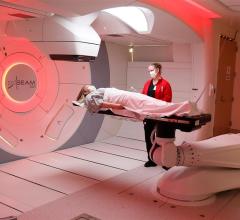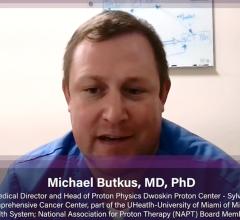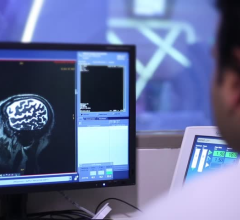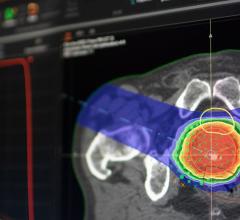The Remote Mobile Anesthesia System, initially developed for use in proton treatment centers but useful in any medical setting, provides the ability to administer anesthesia to a patient before, during and after proton therapy treatment without interruption, reducing preparation and treatment time by as much as 30 percent.
An innovation of ProCure Treatment Centers Inc., the system features a customized transport gurney that compactly holds all of the tubing and apparatus in a standard anesthesia set-up, along with a patient monitoring system. It also contains a patient support couch with a rail system, along which the anesthesia machine and associated equipment slide, allowing staff easy access to the equipment.
“It can be tricky for an anesthesiologist to monitor and maneuver around patients being treated,” said Niek Schreuder, senior vice president of medical physics and technology at ProCure. Schreuder invented the remote system along with ProCure’s John Smith, director of operation development. “The Remote Mobile Anesthesia System is a truly unique solution for this issue, enclosing all of the potentially hazardous features of the machine, such as pipes, gas containers, tubes and wires. None of the equipment interferes with the environment, the physician or the patient.”
The system can be used to anesthetize a patient in a separate prep area, significantly reducing the amount of time the patient spends in the treatment room. For example, with proton therapy, a patient would spend as long as one hour in the treatment room being anesthetized, treated and recovering. With the remote system, average time in the treatment room will drop by about 20 minutes, leading to improved patient flow and efficiency.
"This system makes it safer and easier for the anesthesiologists and radiation therapists to treat children," said William Hartsell, M.D., medical director of the CDH Proton Center, A ProCure Center in Warrenville, Ill. "In addition, because it is more efficient, the children spend less time under anesthesia - making it safer for them as well."
For more information: www.procure.com


 May 06, 2024
May 06, 2024 

